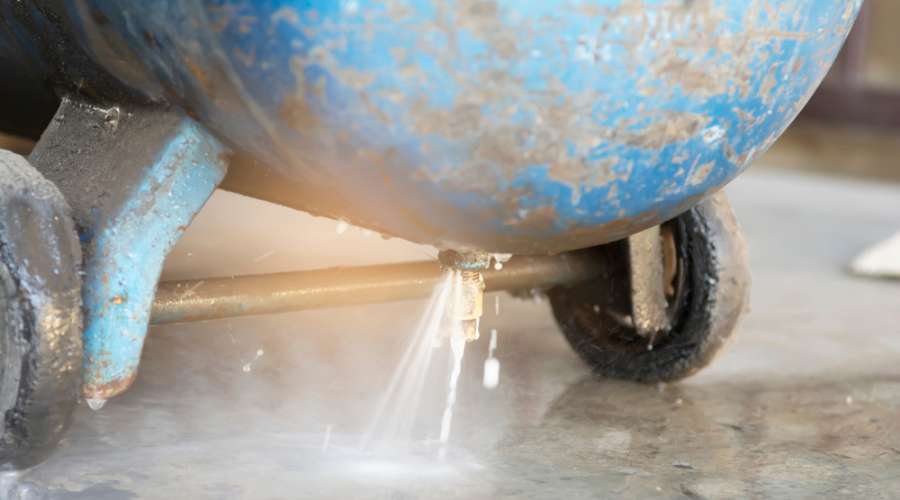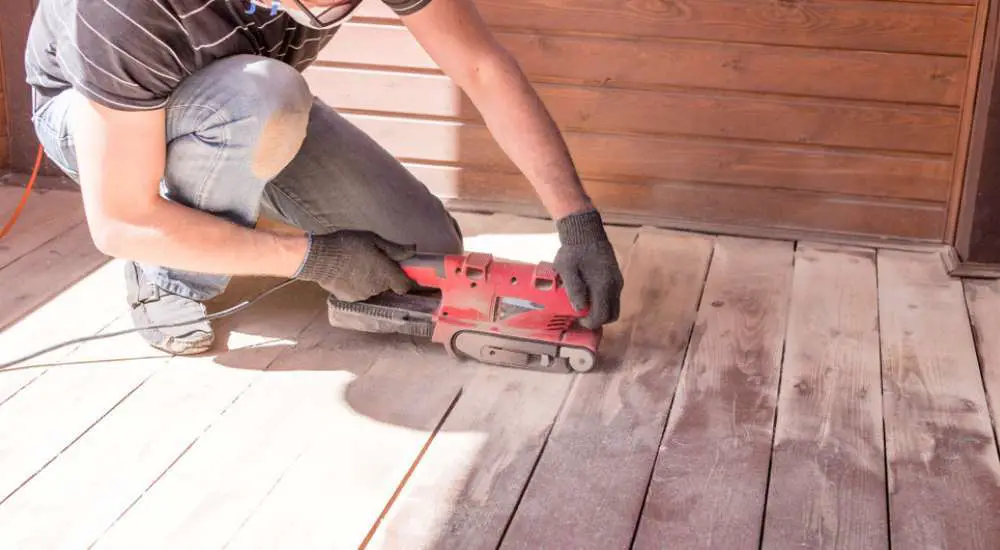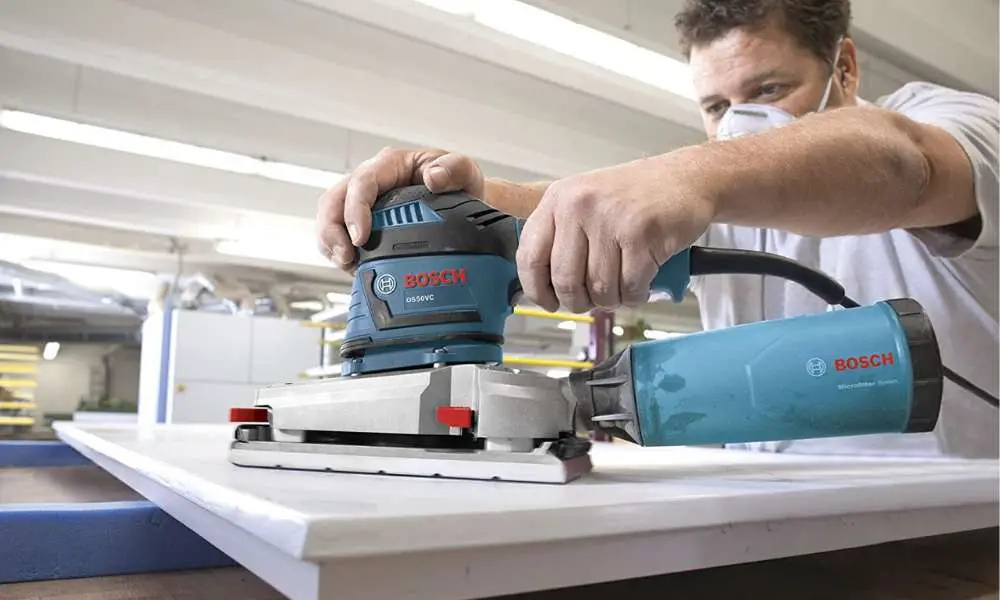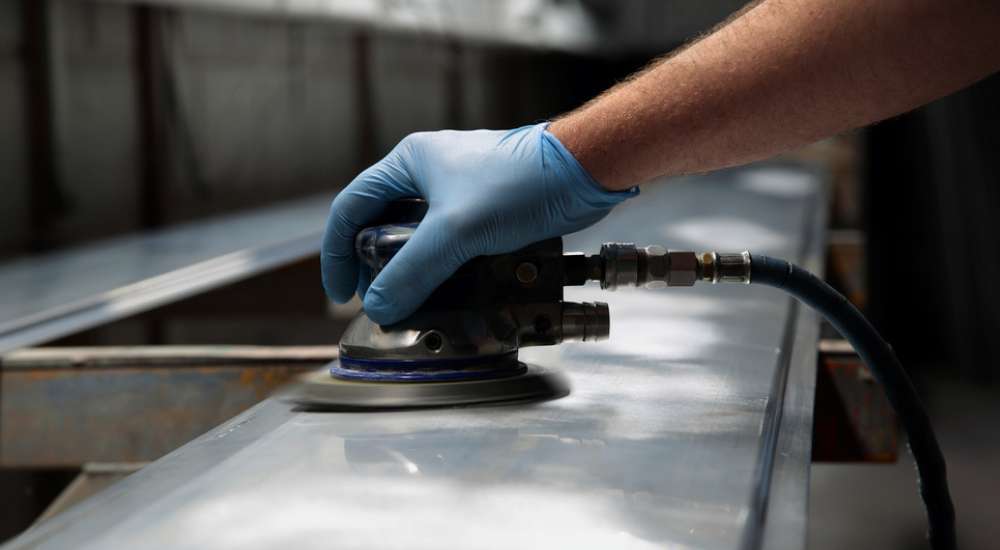
What is an air compressor? Why do I need to drain my air compressor? What will happen if I don’t drain my air compressor? As a beginner, you might have plenty of questions about air compressors and why some things work in a certain way. Having these questions is okay! In fact, it proves that you are eager to learn.
Well, just like any other workshop equipment, an air compressor requires regular maintenance to keep it in good working condition and last for long. One of the best ways to achieve this is by opening the air compressor’s tank valve so as to release the water residue that may have formed.
My experience with air compressors and other general workshop tools is unmatched. Walk with me as I inform you of everything you need to know on how to drain an air compressor.
Contents
Why is draining an Air Compressor important?
Before we dive into it, it is important to know why it is important to drain your air compressor regularly. No matter the size or condition of your air compressor, it must have a drain valve for it to function properly.
An air compressor is used to pump air into other inflatable materials. When the air is taken from the surroundings (also known as atmospheric air), it comes with water vapor. As the air compressor pumps air into the inflatable material, the water vapor from the atmospheric air is left behind and settles in your compressor’s tank in the form of water droplets.
As you continue to use your air compressor, the water levels in the tank continue to rise. It is therefore important to open the valve so as to remove the water and keep your air compressor working perfectly. If anything, water and any other form of moisture, when in contact with metal (such as the one used to make your air pressure), can cause rusting and degradation.
The steps of draining Air compressor
Fortunately, this is one of the projects that you do not need any special tools or materials other than yourself. In that case, I will not make a list of “what you require” and I will go straight to the steps.
Step 1: locate the drain Valve
Today, manufacturers create their products using different designs even though they all serve the same purpose. As a result, it may be challenging to find your air compressor’s drain valve especially if you are a beginner or you bought a new one recently.
However, the general rule of the thumb is to look at the bottom of your air compressor. Most drain valves are placed at the bottom of the air compressor to facilitate efficient water drainage.
However, in some rare cases, you can find the drain valve located on the side of your air compressor. With these, it is very hard to drain the excess water without the aid of air pressure. Additionally, placing the valve on the side may lead to rust clogging up the opening. I recommend purchasing air compressors that have their drain valves at the bottom as opposed to the sides.
Step 2: Open the drain Valve
For an air compressor that has its drain valve located at the bottom, the water should start draining as soon as you open the drain valve. If you do not wish to let the water pour on the ground, you can always put a basin or anything that can catch the water. Once the water stops draining, tilt the tank to make sure that as much water is released as possible.
On the other hand, if your air compressor has its drain valve on the side, all you need to do is turn on the air compressor to build some air pressure for a while then turn it off. Open the valve to let out the water. Again, you can put a container underneath the drain valve to catch the water.
Step 3: Close the Valve
After draining all the water from the tank, the final step is to close the valve. Before using your air compressor, the drain valve must always be closed with no leakages. I recommend that you use a thread tape around the drain valve before closing it, this will prevent leaks.
If you suspect that a part of your drain valve might be damaged, you can run a test by using soapy water along the drain valve. If you notice any water bubbles, your drain valve has leaks that should be fixed or replaced immediately.
Pro Tips
- When draining your air compressor, consider the following pro tips:
- Unplug your air compressor from the power source.
- Always wear protective gears such as goggles and gloves.
- Tilt the air compressor to remove all the water.
- After draining the water, tighten the drain valve tightly.
Are there Other Alternatives?
Yes, if you do not want to drain your air compressor manually, you can always opt for an electric automatic drain valve. Especially if you own a heavy-duty air compressor, all you need to do is purchase an automatic valve and replace it with your manual drain valve. An automatic drain valve makes it possible to set the frequency to which your air compressor is drained.
How Often Should You Drain Your Air Compressor
The frequency to which you drain your air compressor depends on how much you use it. However, I recommend that you should drain it daily to ensure its smooth functionality.
Conclusion
An air compressor is one of the most useful tools in any workshop. To keep it working efficiently and for a long time, you must maintain it regularly by opening its drain valve to remove the water in the tank. Failure to remove the water may cause rust, which will reduce the air compressor’s durability. Most air compressors always have their drain valves at the bottom but it is common to find some that have theirs on the side.
For those with drain valves at the bottom, simply open the valve and the water will drain. Tilt the compressor to make sure that you do away with as much water as possible. Hopefully, this piece has been helpful to you. If so, leave a comment below.




Leave a Reply